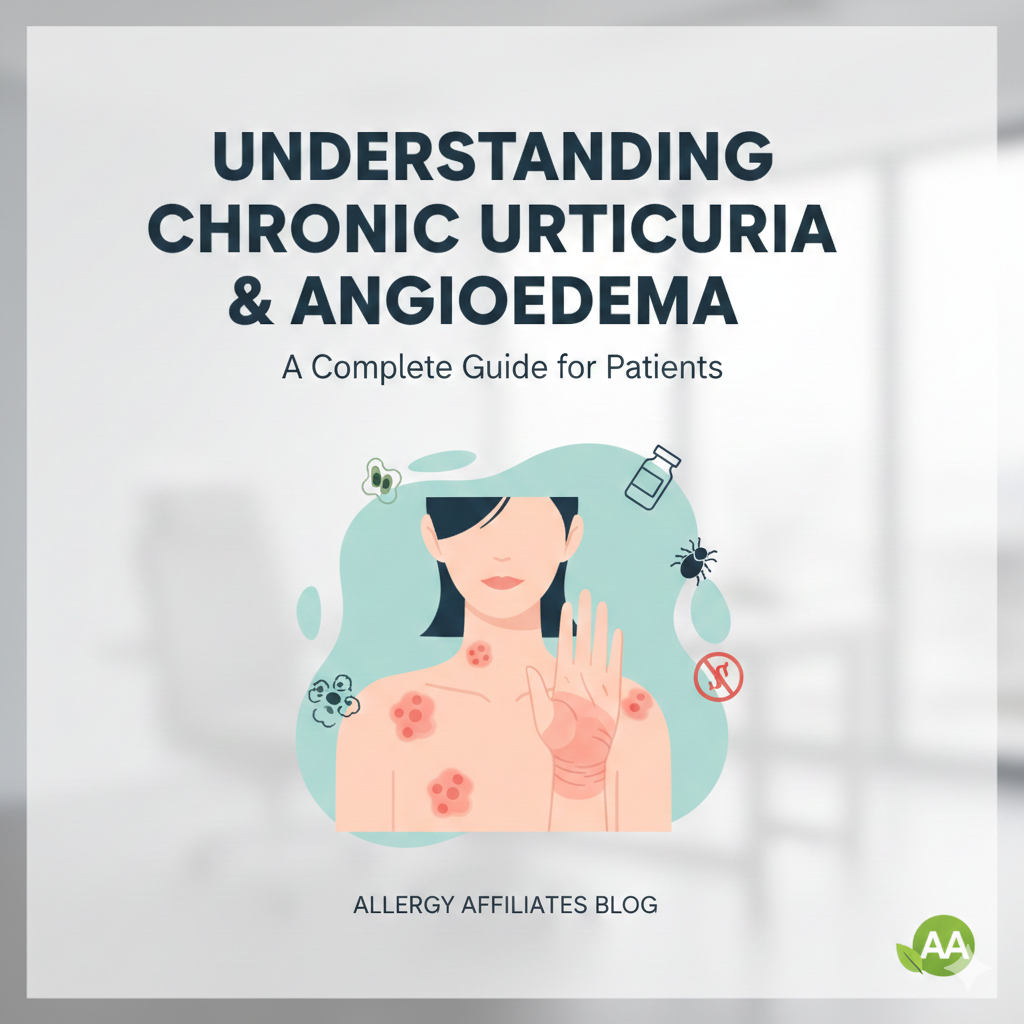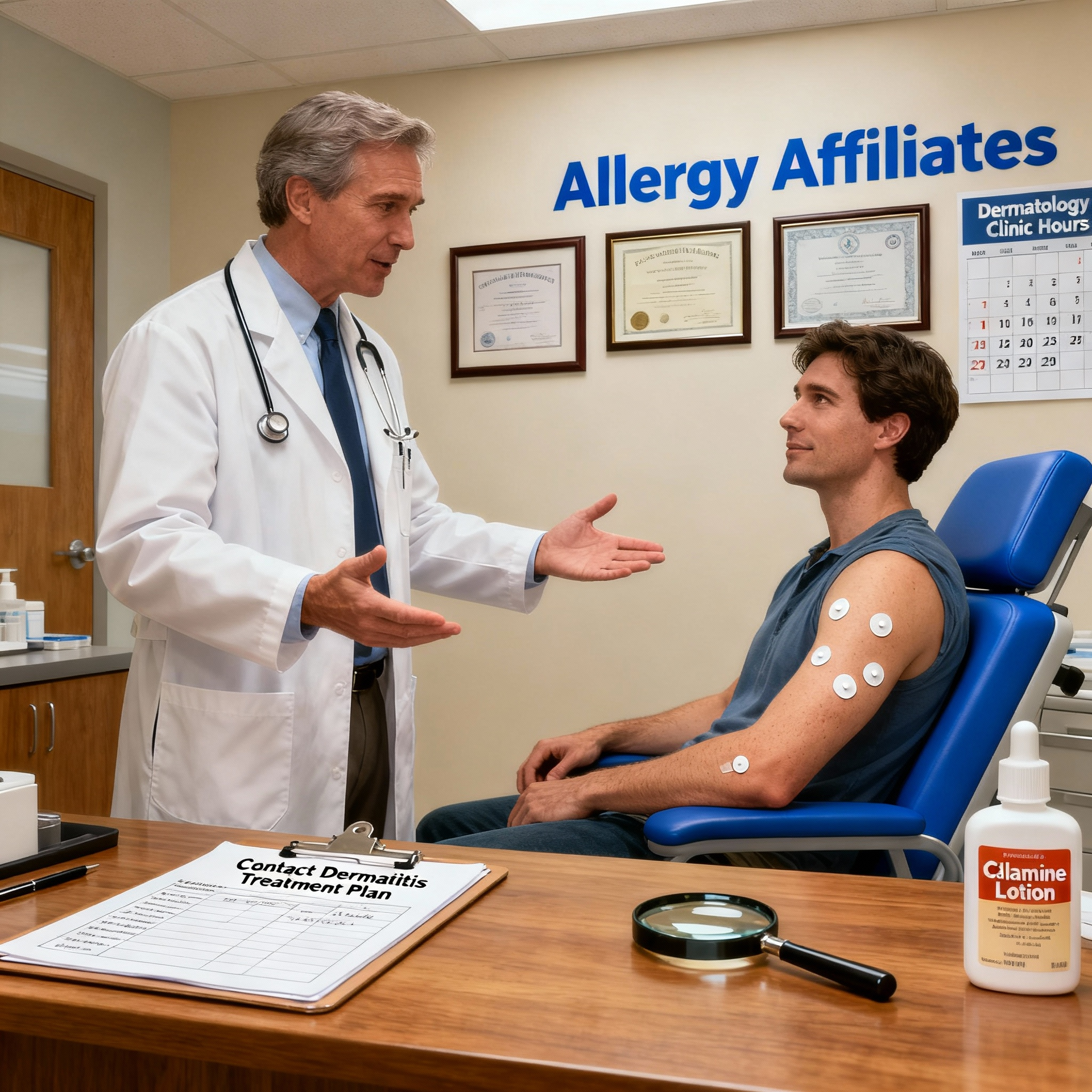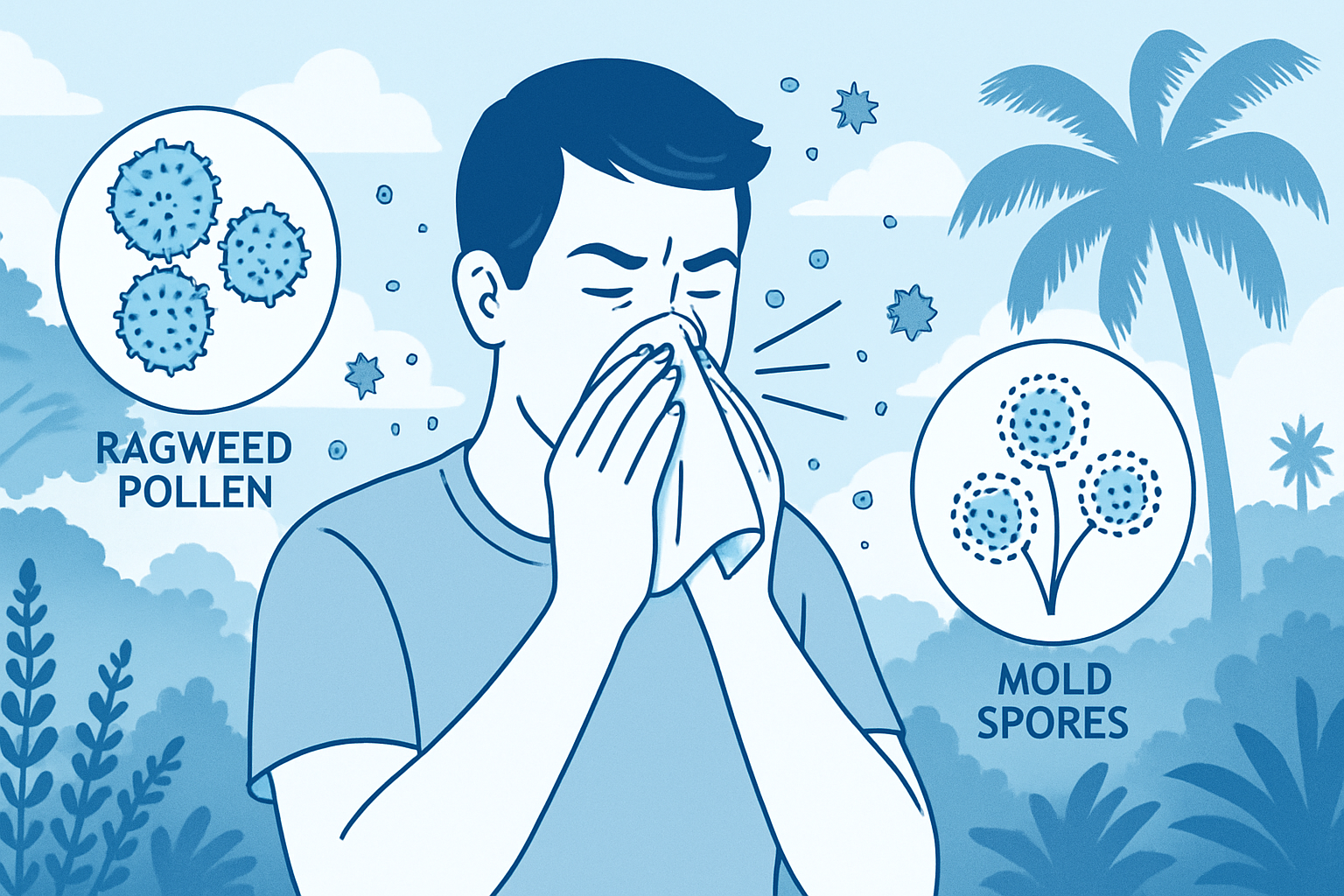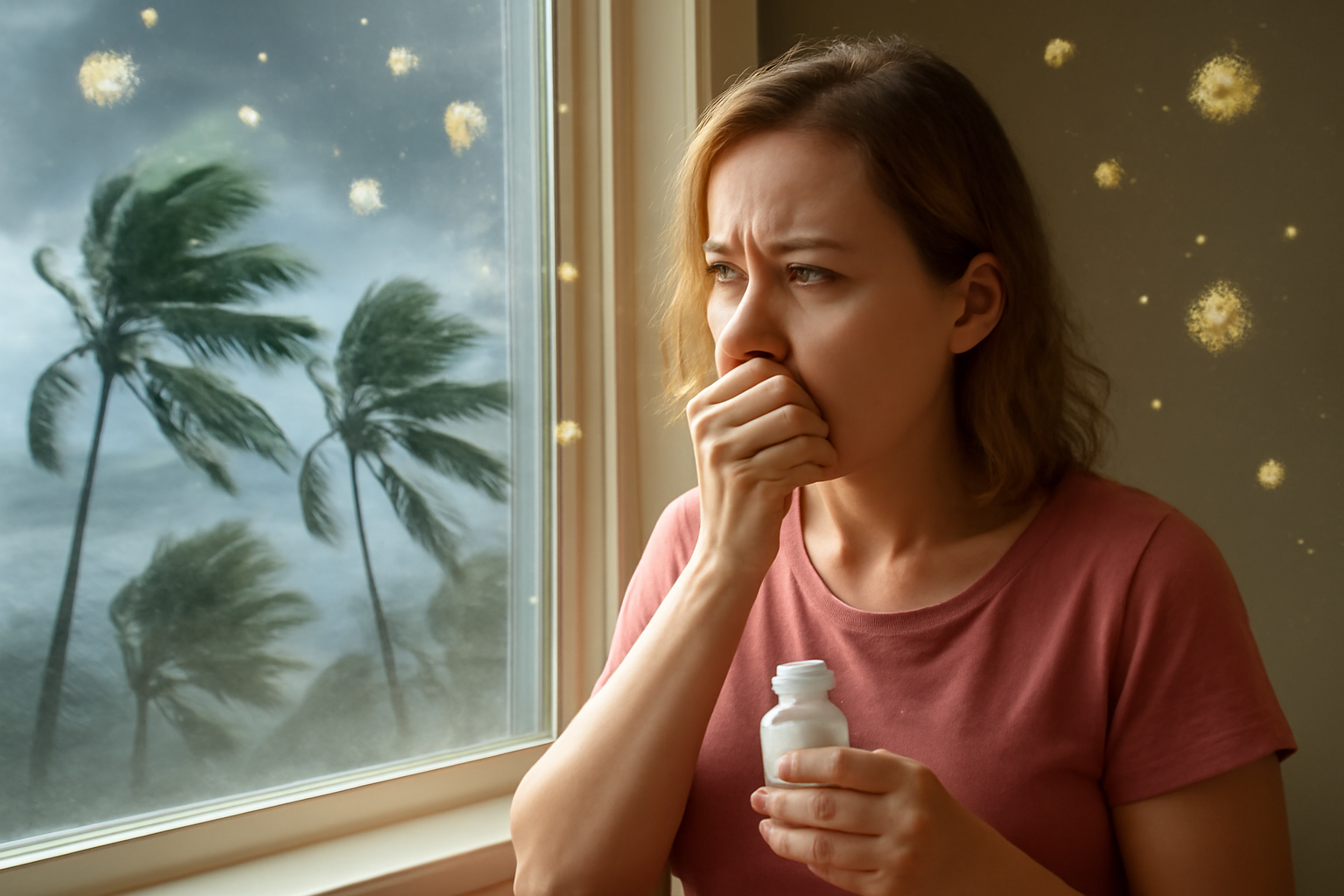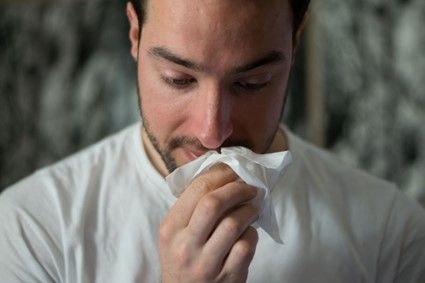
As spring arrives in Florida, so does the dreaded oak pollen season. While the state’s sunny climate brings joy, it also brings discomfort to many people in the form of sinusitis aggravated by pollen. You may find yourself sniffling and sneezing more often during this time, but fear not! With this blog as your guide, you can breathe easy and navigate oak tree pollen season with confidence. Whether you’re seeking relief from sinusitis and allergies or looking for the best allergist near you, we’ve got you covered.
What is Pollen Sinus Infection?
Before diving into survival strategies, let’s see how sinusitis correlates with pollen allergies. Sinusitis is inflammation of the sinuses, typically triggered by bacterial, viral, or fungal infections. People with weakened immune systems are at a higher risk of bacterial or fungal sinus infections, which allergies can cause. Acute sinusitis typically lasts three to eight weeks, while chronic sinusitis persists for over eight weeks.
The sinuses are air-filled cavities within the cheeks, behind the forehead and eyebrows, on either side of the nose bridge, and behind the nose near the brain. Considering the proximity of the sinuses to the brain, sinusitis, if left untreated, may lead to serious health risks. When sinusitis becomes chronic or severe, the inflammation and pressure in the sinus cavities can spread to nearby areas, including the surrounding skull and, potentially, the brain.
Tiny hair-like projections sweep particles from the air into the mucus lining of healthy sinuses, guiding them toward the throat. This process aids in removing dust and germs from the sinuses. However, sinus infections disrupt this flow, causing swelling that blocks the sweepers and traps mucus in the sinuses.
Recognizing Sinus Allergy Symptoms
To effectively survive oak pollen season, it’s essential to recognize the telltale signs of sinus allergies. Symptoms may vary from person to person, but typical indicators include:
- Persistent Sneezing
Frequent and uncontrollable sneezing may indicate sinus allergies, especially during oak pollen season. Pollen in the air triggers the sneezing reflex as the body attempts to expel allergens.
2. Nasal Congestion
Congestion that causes trouble breathing through the nose is a frequent sign of sinus allergies. Oak pollen season exacerbates nasal congestion, as pollen particles irritate the nasal passages, causing them to swell and restrict airflow.
3. Itchy Eyes
Beyond its effect on the sinus, pollen can also exacerbate symptoms as these allergens come into contact with the sensitive membranes of the eyes, causing irritation and discomfort. During oak pollen season, the eyes may become red, watery, and itchy as they come into contact with airborne particles.
4. Pressure in the Sinuses
A feeling of pressure or heaviness in the sinus areas, such as the forehead, cheeks, and around the eyes, can indicate sinus allergies. Oak pollen season can worsen this symptom as the sinuses become inflamed in response to allergen exposure.
If you experience these symptoms during oak pollen season, you may have sinus allergies. For a more accurate diagnosis, consult with a reputable allergist. With expert advice and some practical tips, you can take appropriate measures to manage your condition.
Tips for Surviving Sinusitis During Oak Pollen Season
Now that you’re acquainted with sinusitis and pollen allergies, let’s explore practical strategies to alleviate symptoms and enhance your quality of life during oak pollen season:
- Keep Indoor Air Clean
To reduce contact with outdoor pollen, keep windows shut and utilize indoor air purifiers. This simple step can significantly reduce pollen infiltration, relieving sinus allergies.
- Practice Nasal Irrigation
Consider using a saline nasal rinse to flush out pollen and alleviate congestion. Nasal irrigation helps clear the nasal passages, providing immediate relief from sinus pressure and discomfort.
- Try Using Steam Therapy
Applying heat to a warm washcloth can help ease facial pressure. Another option is steam inhalation, where you breathe in water vapor. This warm, moist air can help loosen mucus in your nose, throat, and lungs. This method may help alleviate the discomfort caused by swollen and inflamed blood vessels in your nose. Just be cautious not to burn yourself while using steam therapy.
- Stay Hydrated
Hydration is critical to thinning mucus and promoting sinus drainage. Drink plenty of water throughout the day to prevent sinusitis symptoms.
- Avoid Outdoor Activities
Limit outdoor activities, particularly during peak pollen hours, typically in the morning and evening. If outdoor exposure is unavoidable, wear a pollen mask to reduce inhalation of allergens.
Read More:
Pollen Allergies: Coping with High Pollen Counts in the Summer
- Consult an Allergist
For personalized guidance and treatment options, consult with an allergist near you. A qualified allergist can assess your symptoms, conduct allergy testing if necessary, and recommend appropriate interventions to manage sinus allergies effectively.
Read More:
Your Ultimate Guide to Navigating Oak Pollen Season Allergies
Seeking Professional Help

If sinusitis symptoms persist or worsen despite self-care measures, seeking professional help is your next best move. In Florida, where oak pollen season can be particularly harsh, consulting a reputable allergy center (search “allergist near me”) ensures you find effective and lasting relief. These experts specialize in diagnosing and treating sinus allergies, offering tailored solutions to alleviate your symptoms and improve your quality of life.
Treating Sinusitis in Children
Bradenton pediatricians play a crucial role in helping parents navigate sinusitis in their children during oak pollen season. These pediatricians provide comprehensive support and guidance to families dealing with sinus allergies. You can ensure your child receives optimal care and relief from sinusitis symptoms in the hands of Bradenton Pediatricians.
Proactive Management Matters
Don’t wait for oak pollen season to arrive before taking action. Instead, implement proactive measures beforehand to minimize symptoms. Keep up with regular check-ups with your allergist to stay on top of your condition and adjust treatment as necessary. This proactive approach ensures better management of your allergies.
Breathe Easy During Oak Pollen Season
Surviving sinusitis during oak pollen season in Florida may seem daunting, but armed with proper knowledge and strategies, you can navigate this challenging time with ease. By understanding the basics of sinusitis survival this season and partnering with a Florida Allergy Center like Allergy Affiliates, you can breathe easy and enjoy all the Sunshine State has to offer.
Are you ready to bid farewell to sinusitis woes and embrace a life of vitality and wellness? Schedule your appointment with us by calling 941-792-4151 or by clicking the “Book an Appointment” button. Let’s embark on this allergy-defying journey together, one breath at a time!
